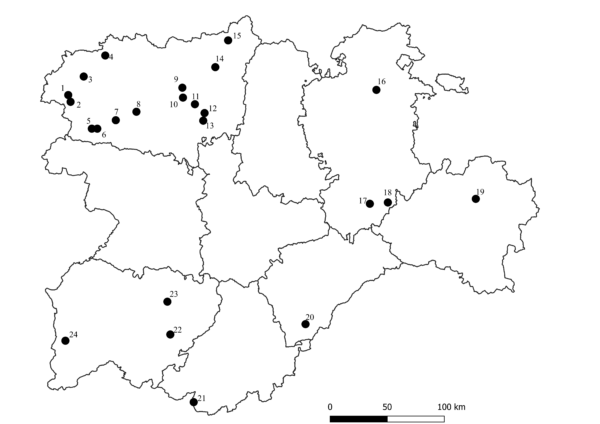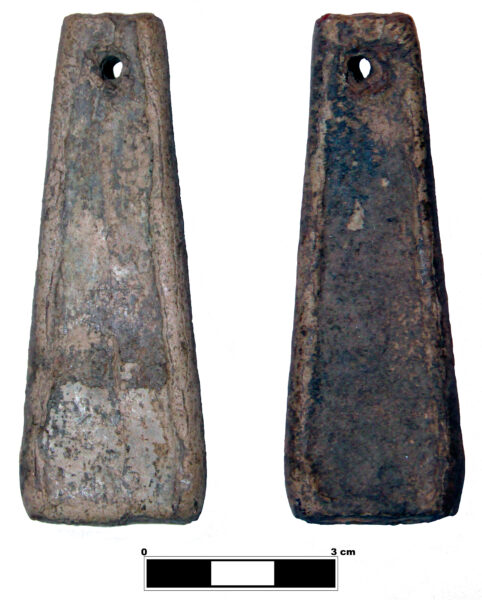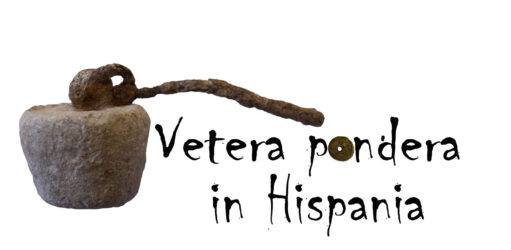Previous projects
Project Ponderales Castilla y León I
In 2020, the General Directorate of the Heritage Service of the Castilla y León Regional Government awarded us a project to review the weighing objects in the Roman Museum of Astorga, Museum of León, Museum of Burgos and Numantine Museum of Soria (B2020/003989). The goal of this research was to attend to the scarcity of published finds dated before and after the Roman conquest. The choice of these museums was related to the existence of weight sets in neighbouring regions such as at La Hoya (Álava) or the significant presence of Romans. Therefore, the goals of this project were the review of archaeological reports to locate weighing objects in these museums, the identification of their find context and the creation of a database, including all the documented pieces to determine their heritage value and their cultural importance.
This research concluded with the documentation of 151 weighing objects, of which the majority came from the Museum of León. This may be explained by greater attention paid to these objects by that institution, but it is also related to the significant and constant Roman presence in the region in the first two centuries BC. This impact of the Romans is also visible in other museums in the north of Hispania, since the remains came from important Roman sites, such as Clunia. The review of these objects has allowed morphologies related to specific periods and contexts to be identified.
In conclusion, all the information compiled in this project has shown that the indigenous population knew and used weights and weighing systems and they continued using them after the Roman conquest.

Fig. 9. Geographic distribution of the archaeological sites with weighing objects identified during the projects Ponderales de Castilla y León (B2020/003989 and 35.SUBV-21/235-VP). The provinces of Zamora, Segovia and Palencia are currently pending review (image by D. Barrios).
Project Ponderales de Castilla y León II
After the successful first project, the second part of the research was presented to the General Directorate of the Heritage Service of the Castilla y León Regional Government. In this case, it focused on the review of the objects in the Museo de Salamanca, Museo de Ávila and Museo de Segovia (35.SUBV-21/235-VP). From the latter province, we had already published a weight found in the mining-metallurgical site of El Cerro de los Almadenes (Otero de Herreros, Segovia). Together with the existence of important pre-Roman sites in the Central System, where significant archaeological remains related to commercial exchange have been documented, this acted as the basis for the study of that area.
Fewer remains were identified than in the first project because we only documented twenty-one objects. However, it was interesting because practically nothing was known about the topic in the region. As in the first project, we again recognised how the local population knew and used weighing systems and these remained in use at the different sites after contact with the Romans.

Fig. 10. Lead weight found at the mining-metallurgical site of El Cerro de los Almadenes (Otero de Herreros, Segovia) (Barrios and Moncó, 2021: 23, fig. 3).
